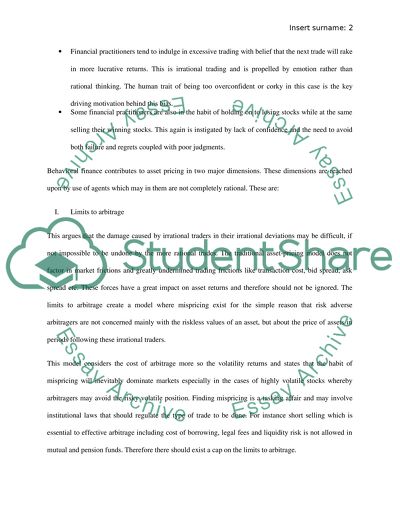Cite this document
(“Behavioral finance Assignment Example | Topics and Well Written Essays - 2500 words”, n.d.)
Behavioral finance Assignment Example | Topics and Well Written Essays - 2500 words. Retrieved from https://studentshare.org/finance-accounting/1475906-behavioral-finance
Behavioral finance Assignment Example | Topics and Well Written Essays - 2500 words. Retrieved from https://studentshare.org/finance-accounting/1475906-behavioral-finance
(Behavioral Finance Assignment Example | Topics and Well Written Essays - 2500 Words)
Behavioral Finance Assignment Example | Topics and Well Written Essays - 2500 Words. https://studentshare.org/finance-accounting/1475906-behavioral-finance.
Behavioral Finance Assignment Example | Topics and Well Written Essays - 2500 Words. https://studentshare.org/finance-accounting/1475906-behavioral-finance.
“Behavioral Finance Assignment Example | Topics and Well Written Essays - 2500 Words”, n.d. https://studentshare.org/finance-accounting/1475906-behavioral-finance.


